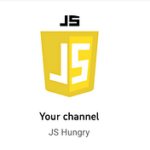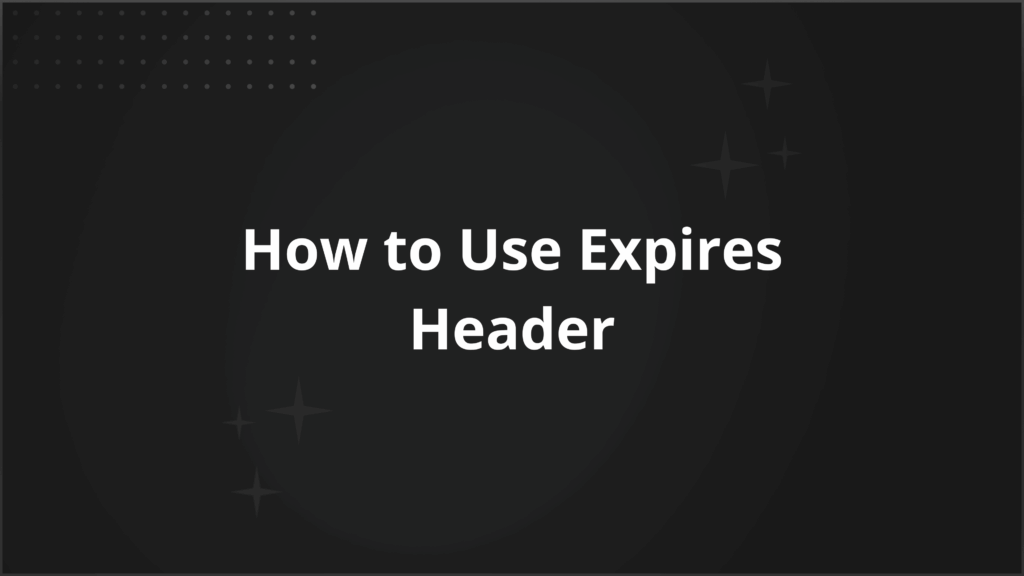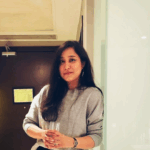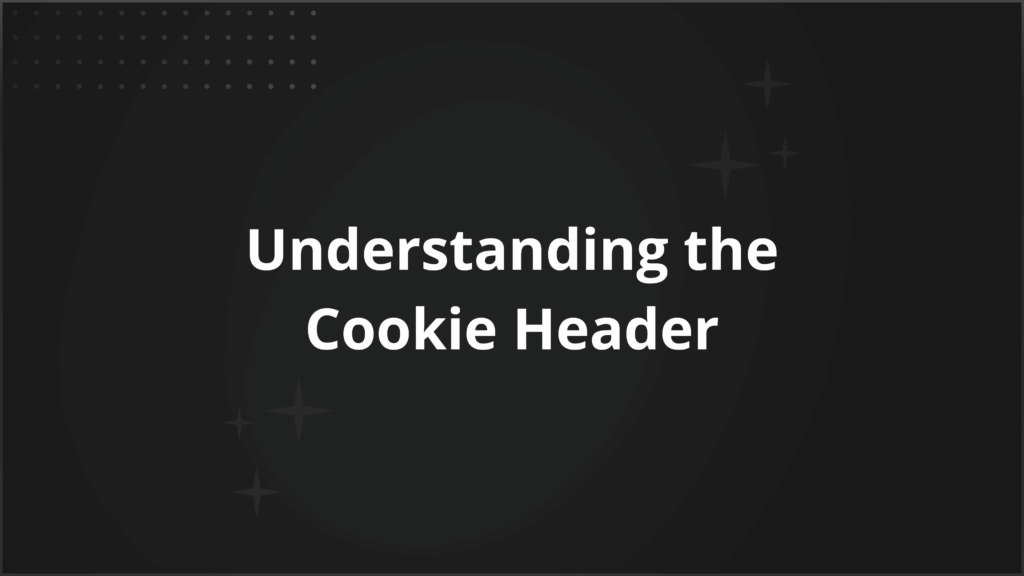A Taste of Sequoia’s (now PeakXV) Surge Program
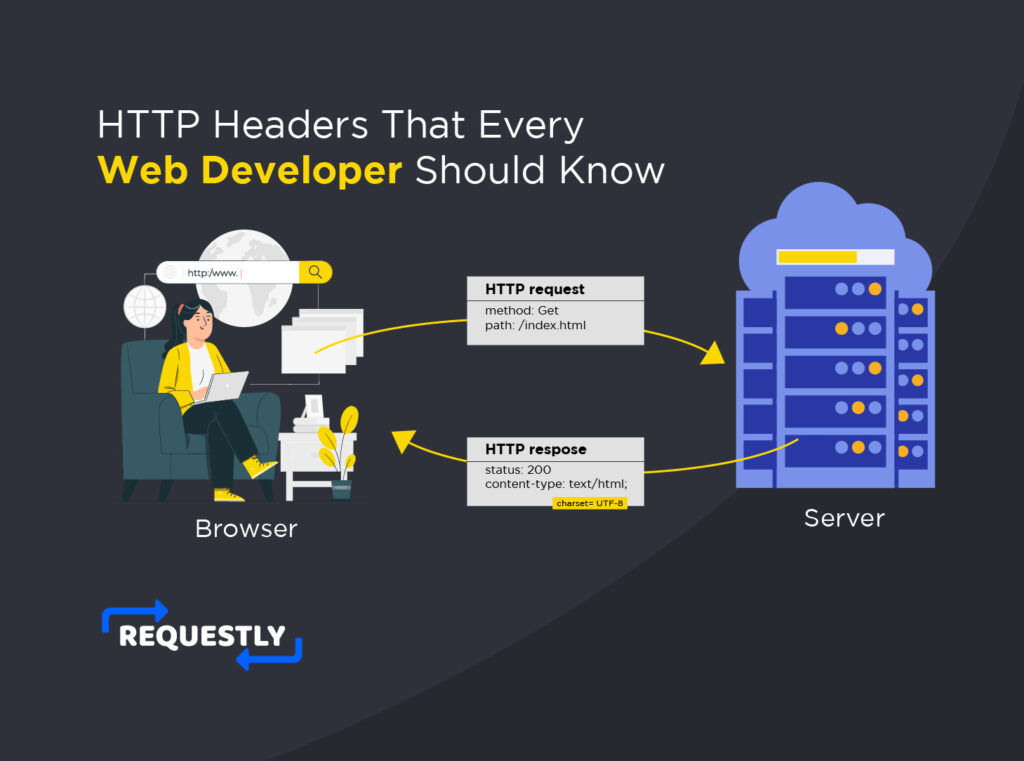
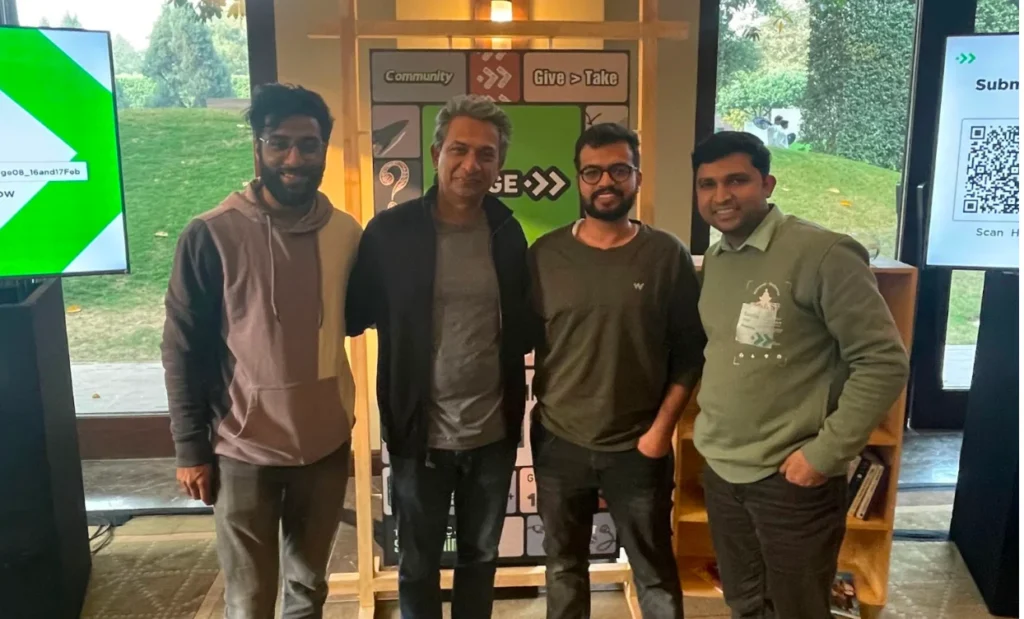
At Requestly, we’re very fortunate to get into Surge 8th Cohort after getting into YC W22. I am writing this blog post to share my own experience of the Surge program and In general to give a taste of what Surge looks like. This will be a long post but worth a read if you want to understand what the program looks like and what I have learned from different sessions.
What has changed for us?
When we got into Surge, we defined a couple of objectives that we wanted to get from Surge and we have taken more out of it. In a nutshell, the Surge program has taught us how to build & run our company meaningfully in terms of how to take care of ourselves, and our employees and how to run day-to-day better.
Of course, this doesn’t mean there is a magic bullet and Surge companies don’t fail but this simply means we are now 1% better in this journey with all the knowledge & experience from the program. Here are a few things (amongst many) that we have changed during the course of the program.
- 👉 Started Weekly Townhalls → This has helped us build better alignment in the entire org. Everyone now knows the company’s priorities and what are we doing to solve them. This has also helped us gel better, especially running the company remotely and getting thoughts from everyone on how can we do better together. Check this out
- 👉 Employee Benefits → We took Insurance from another Surge company – PlumHQ and covered benefits like parental coverage, maternity, etc to support our employees better. On top of it, we also defined our Remote working policy – Why do we work remotely and listed down the benefits we offer to help everyone work better & be more productive.
- 👉 Defined Company’s Mission, Vision & Values → We brainstormed and defined our company’s mission, vision, and values. This one was hard and we still continue to iterate on them.
Surge Kick-Off (Delhi) 🚀
For us, the Surge kick-off happened on Valentine’s day and I am sure many founders missed celebrating the special day. It was a 3-day event in Delhi packed with experts’ sessions, evening dinners & workshops.
The Founders DNA
Shailendra starts the program with a goose-bumpy session – The Founders DNA. I think there is a reason why this session is the opening keynote of the program, this session just spikes up the energy level of everyone in the room. In a 2h long session, he talks about the duality principle founders face, they live in a bubble and keep believing their company will work out while ignoring the possible realities.
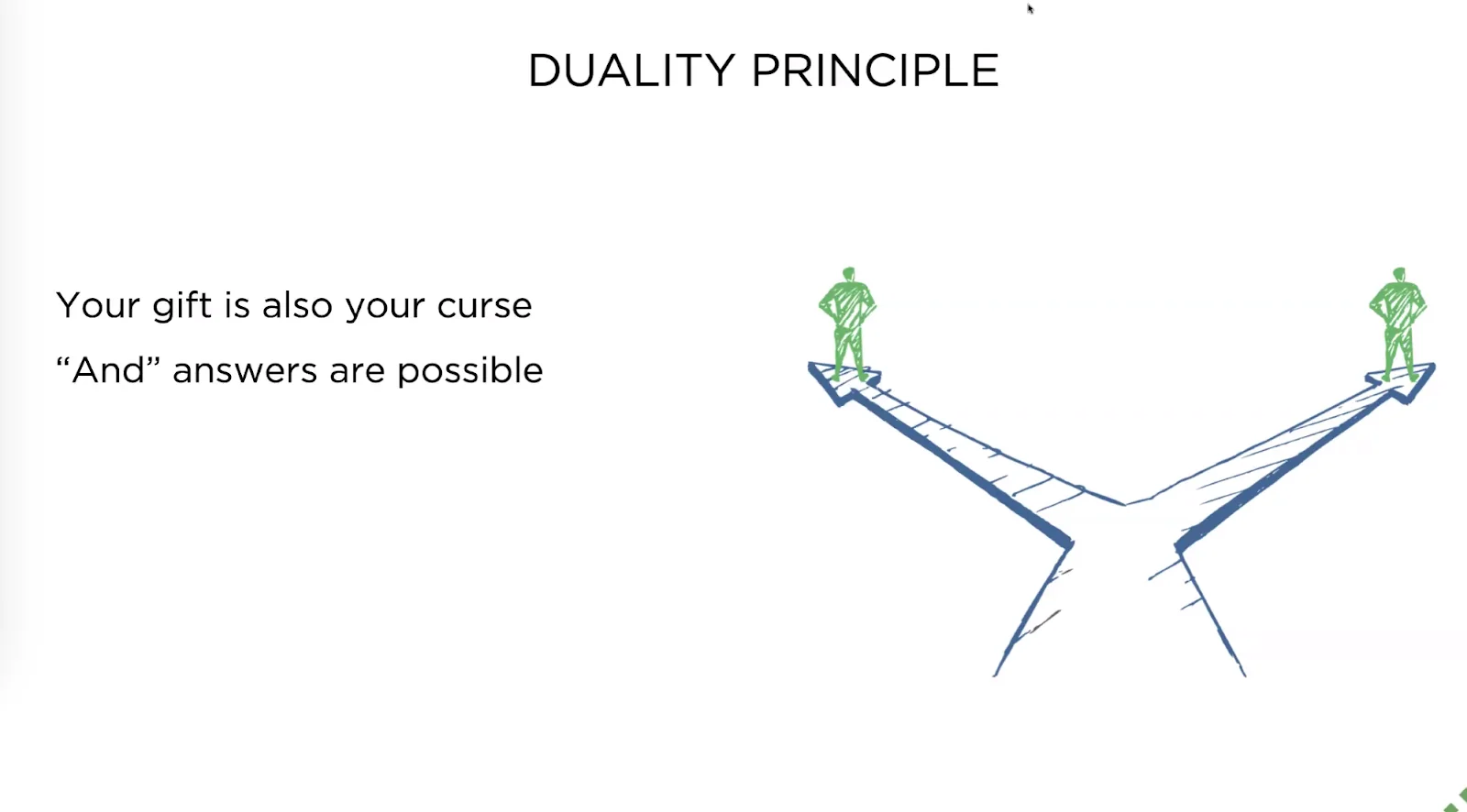
“AND” answers are possible and founders don’t need to choose one or the other in many decisions they take e.g. could be a hiring decision or a growth/revenue decision. Another thing that remains with me is the English vs Maths example.
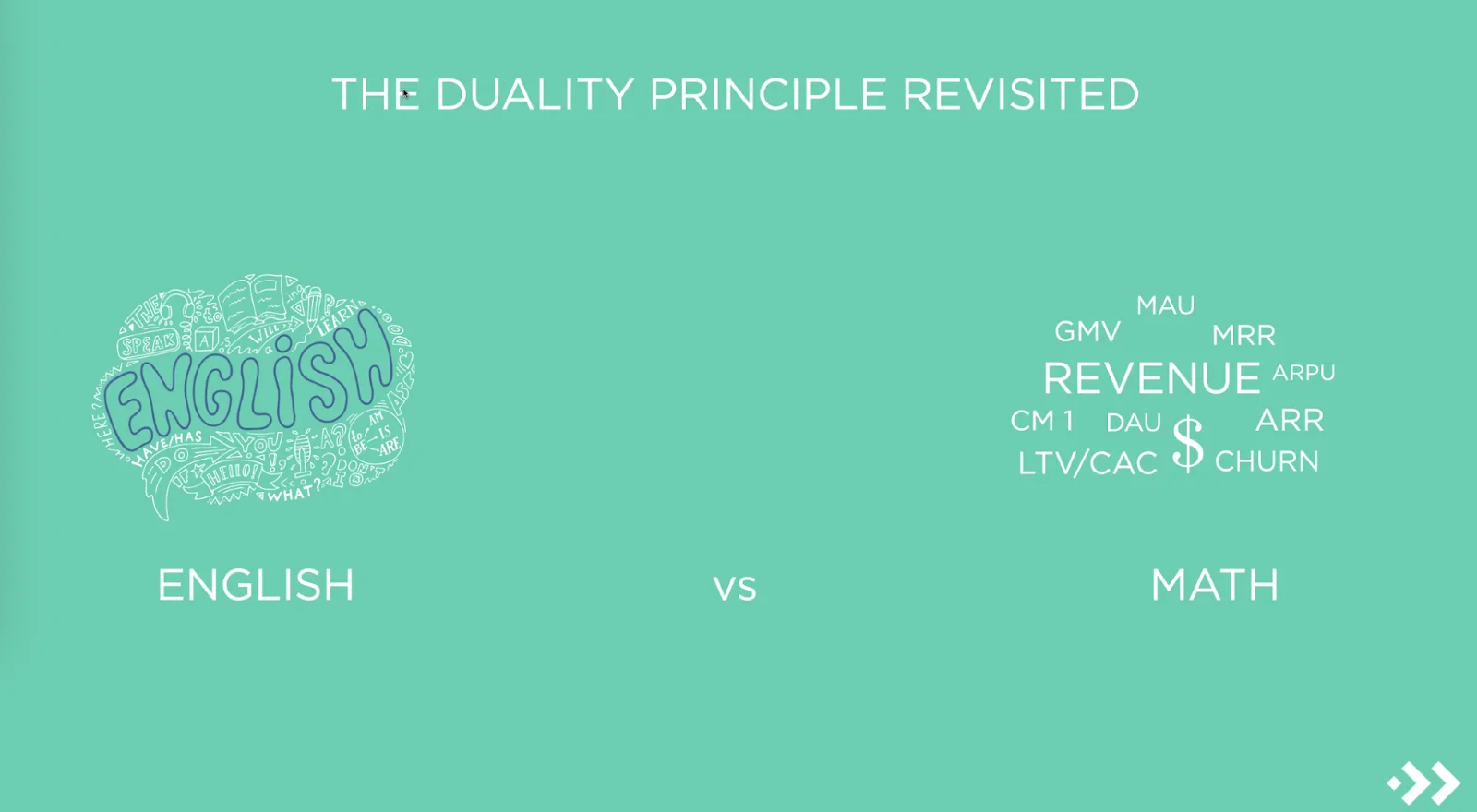
Founders have to be good at selling their vision, storytelling, and pitching (English) but having strong numbers (Maths) makes the backbone of the company. In the initial days, a disproportionate focus is spent on the English aspect but as the company grows the maths should work fine.
7-Stages of Company Building
Next day, Another mind-blowing session by Rajan & Pieter on “The 7 stages of company building”. Rajan & Pieter talks about looking at your company at one of the points in these stages – Vision, Product, PMF, Unit Economics, Growth, Scale, and FCF (Free Cash Flow) at scale.
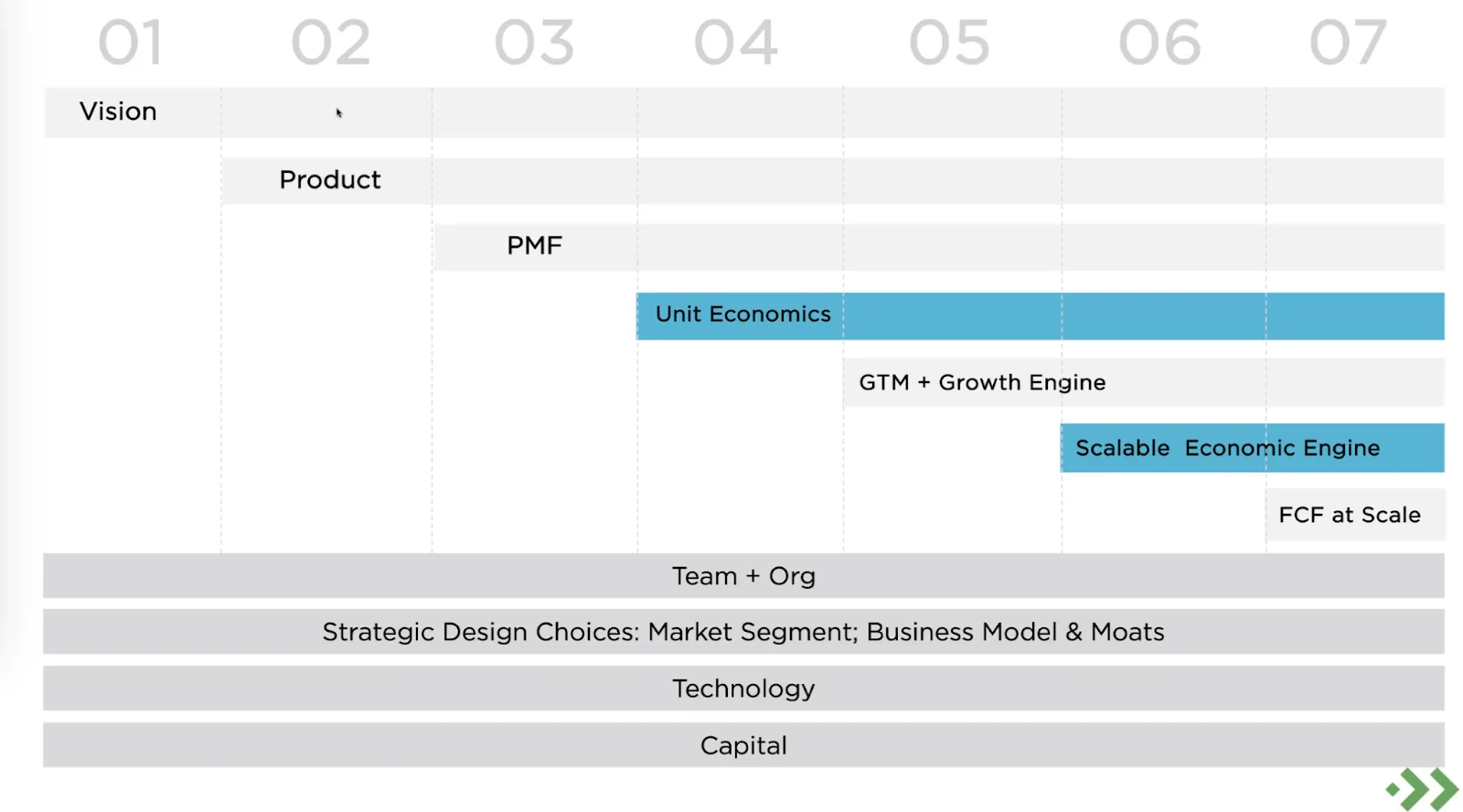
One thing that came out of this session is PMF is not a boolean answer, It is a scale. Until you haven’t achieved PMF you shouldn’t scale the company. If you don’t have the unit economics right, you shouldn’t scale the company.
Mission, Vision & Culture 🎯
In the beginning week & the week after, a lot of focus is spent on defining the mission, vision & culture of your company. Rajan & Pieter took sessions & workshops to help individual companies in the cohort.
Believe it or not, every company has a culture. Jeff Lawson, CEO of Twilio shared – Values are written words, and your culture is how you live those values. Tweet We also did the brainstorming and came up with our mission statement
Here are a couple of customer stories from Rownd & Metrical showing how we enable them to ship product updates faster by making it easier to test their bug fixes/new features directly on their customer sites.
I also got to know about Sequoia’s mission which is to help daring founders build enduring companies.
Sessions w/ Industry Experts
There were a few sessions run by Industry experts – “Been there, done that!” folks. Got a chance to hear from Kunal Bahl (Co-founder of Snapdeal & Angel Investor in Requestly), Asad (LambdaTest), Sanjeev Bikhchandani (Infoedge), Abhiraj Singh (UrbanCompany), and a couple of others as well.
Kunal shared some interesting aspects of his company-building journey, how they pivoted from selling coupons to a deals platform to an e-commerce platform. The most enjoying moments from the talks were some of his phrases 👇
And, another one (My favorite of all three)
Sanjeev shared a couple of instances from his own life and the crux of both stories 👇
Asad shared how they have built a successful business selling to the world while having the entire team in India.
Building User-Centric Products
Jess Lee, Partner at Sequoia shared how to do user research and the common mistakes founders do during user interviews. Effective user research involves
- A little bit of preparation before the interview
- Make the user comfortable by starting in a casual way (Do you like Pineapple on Pizza)
- Dig deeper into the problems by asking questions
- When was the last time they did something?
- What did they do after facing the problem?
- How did they manage to solve the problem?
- What they’d do differently next time?
She also explained different types of personas and how important it is to identify the right persona for your product and build for that 1 persona. A key takeaway from the session was how founders often ruin user interview by doing into selling mode.
I have read The Mom Test and a lot of things resonated during the session. If you haven’t read the book, it is one of the highly recommended books before you talk to any user.
Anuj Rathi, SVP at Swiggy continued by sharing his experience from the early days of Swiggy – How they identified primary persona and solved problems for them. One key takeaway from the session was
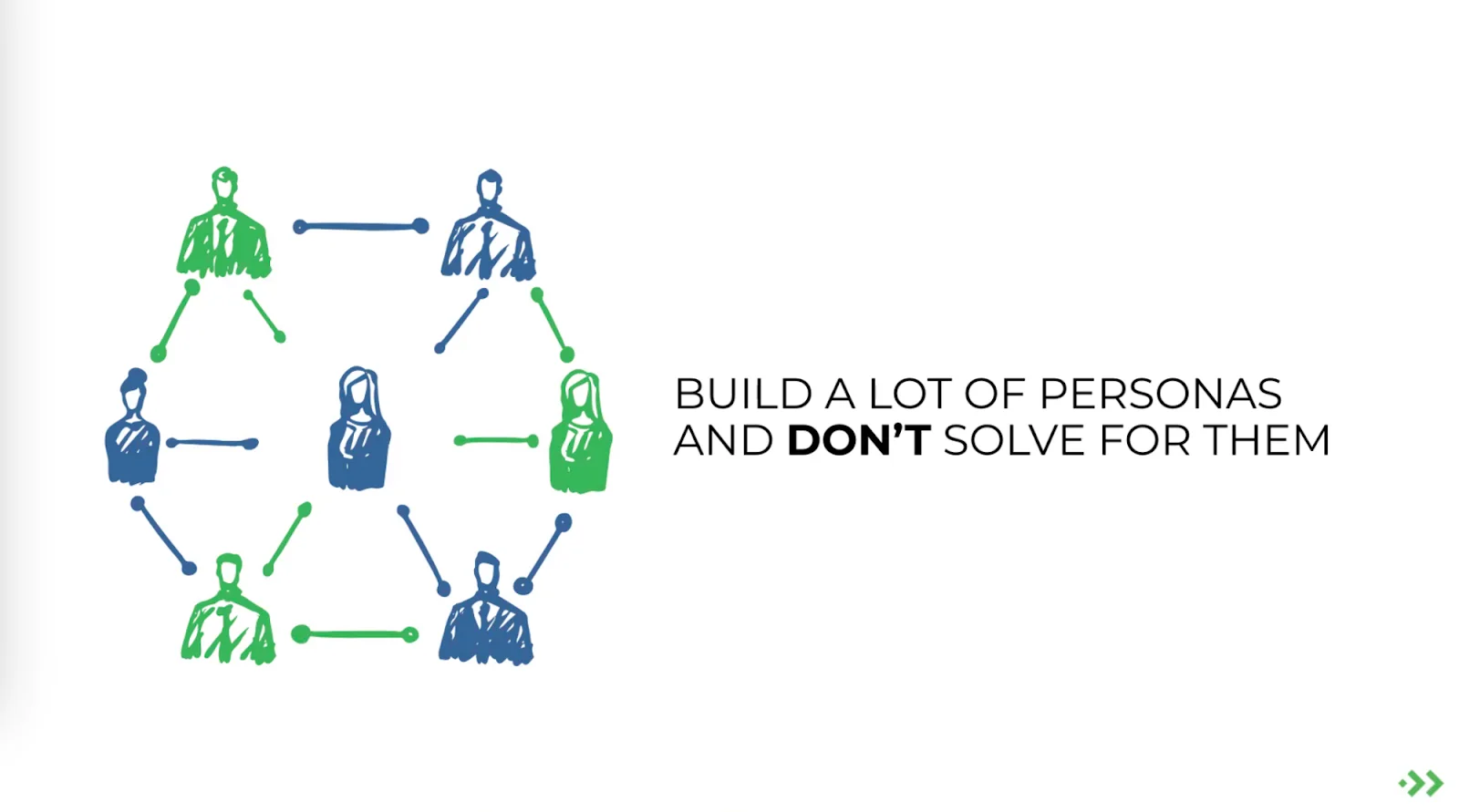
If your product requires behavior change, then clearly define the accepted user belief and desired user belief and start working towards them one by one. A few things to assume about your user when building the product
- Assume User is Lazy – Keep things simple & ace User Onboarding. Users got no time to look into docs, or watch videos). The product should be self-explanatory to start with.
- Assume User is Selfish – Like what’s in it for me. If the benefit doesn’t come out clearly, they won’t use it.
- Assume User already has another way to solve the problem that your product is solving. It’s very important to provide the value really fast.
Finding PMF (& Case Studies)
Caesar Sengupta (Co-founder of Arta Finance) shared some tips on the art of finding PMF. One major key takeaway for me was how referring to a real person in your conversations instead of a persona can help in building user empathy.
When do you know you have PMF 🤔? Most people just say you know it when you have it but we also learned that PMF is not a boolean answer. It is a scale. When you have awesome/screaming PMF, there are certain indicators
- Feeling pulled for the first time
- Hockey Stick Trajectory
- Word of mouth gets uncontrollable
- Insane escape velocity
Here’s a very good definition of a PMF situation 👇
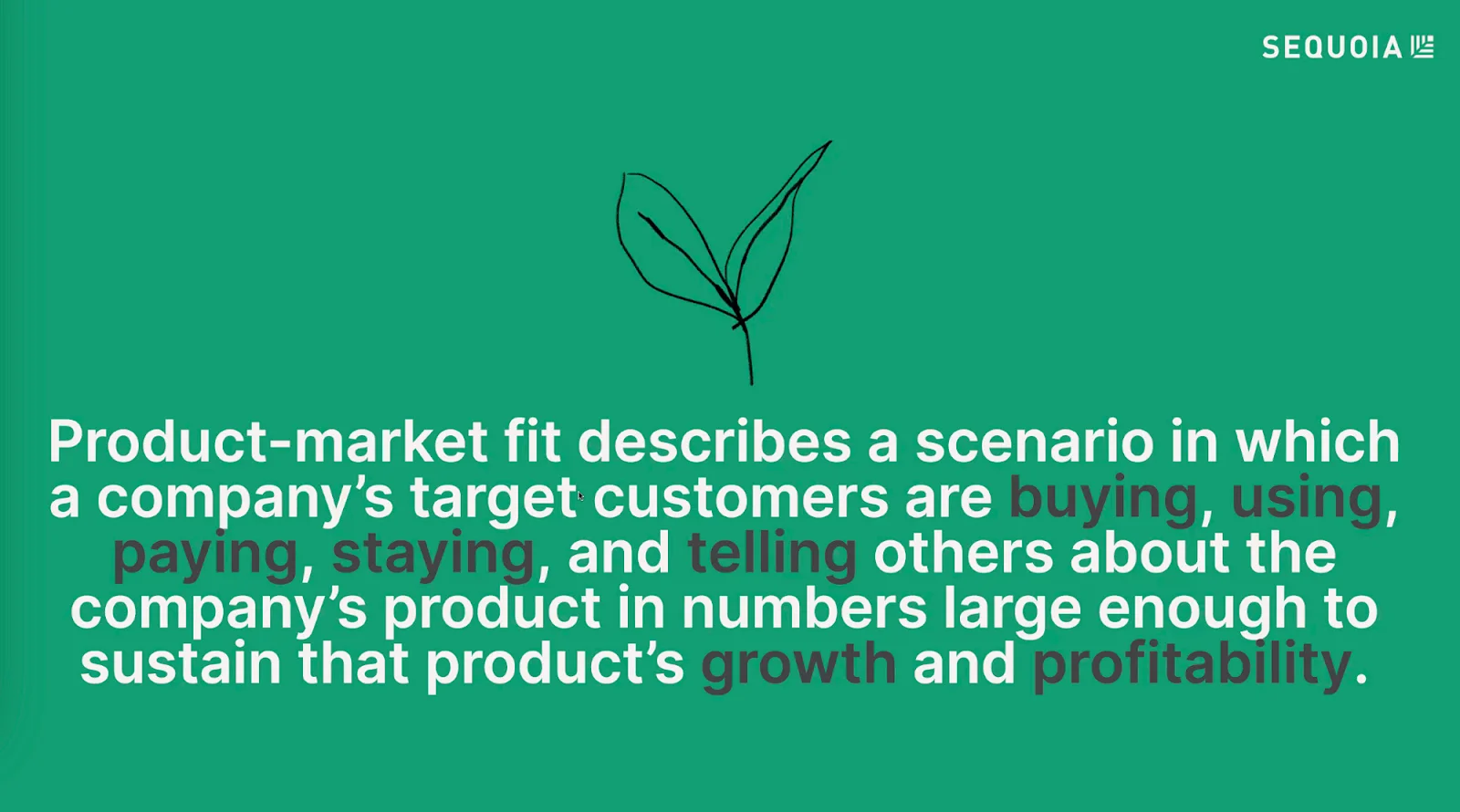
The session also covers 3 Axes of PMF (Scale, Customer Love & $Metrics), Retention benchmarks across Industries, and a few examples of habit loop metrics 👇

Telling Your Story
James Buckhouse, Design Partner at Sequoia did a session on storytelling. Honestly, this session was very different and quite unique in its own way. Here’s an important takeaway from the session
This simply translated to align everyone in the company. The product needs to know what’s going on in engg, Marketing needs to know what’s going on in the Product, Design needs to know what’s going on in customer success, etc. One thing that we immediately worked on is how to build this alignment and we did change a couple of things to improve the situation.
James also shared how important the role colors play in storytelling. He shared an example from Shrek’s movie – Why Shrek & Fiona were green? Here’s a good reference by James on how to create a color story.
Building Economic Engine
Got an opportunity to hear from Lalit Keshre, CEO of Groww on the journey, how they attract customers with low CaC, how they hired talent, and got to know about their customer obsession.
The remaining session by Shailendra mostly talks about PMF, having correct financial metrics in place, measuring revenue correctly, understanding retention cohort, and LTV numbers.
He also shared some mistakes founders do those sink companies
- Scaling with Weak PMF
- High Churn
- Not knowing the costs
And, Remember It’s a loooooooong journey
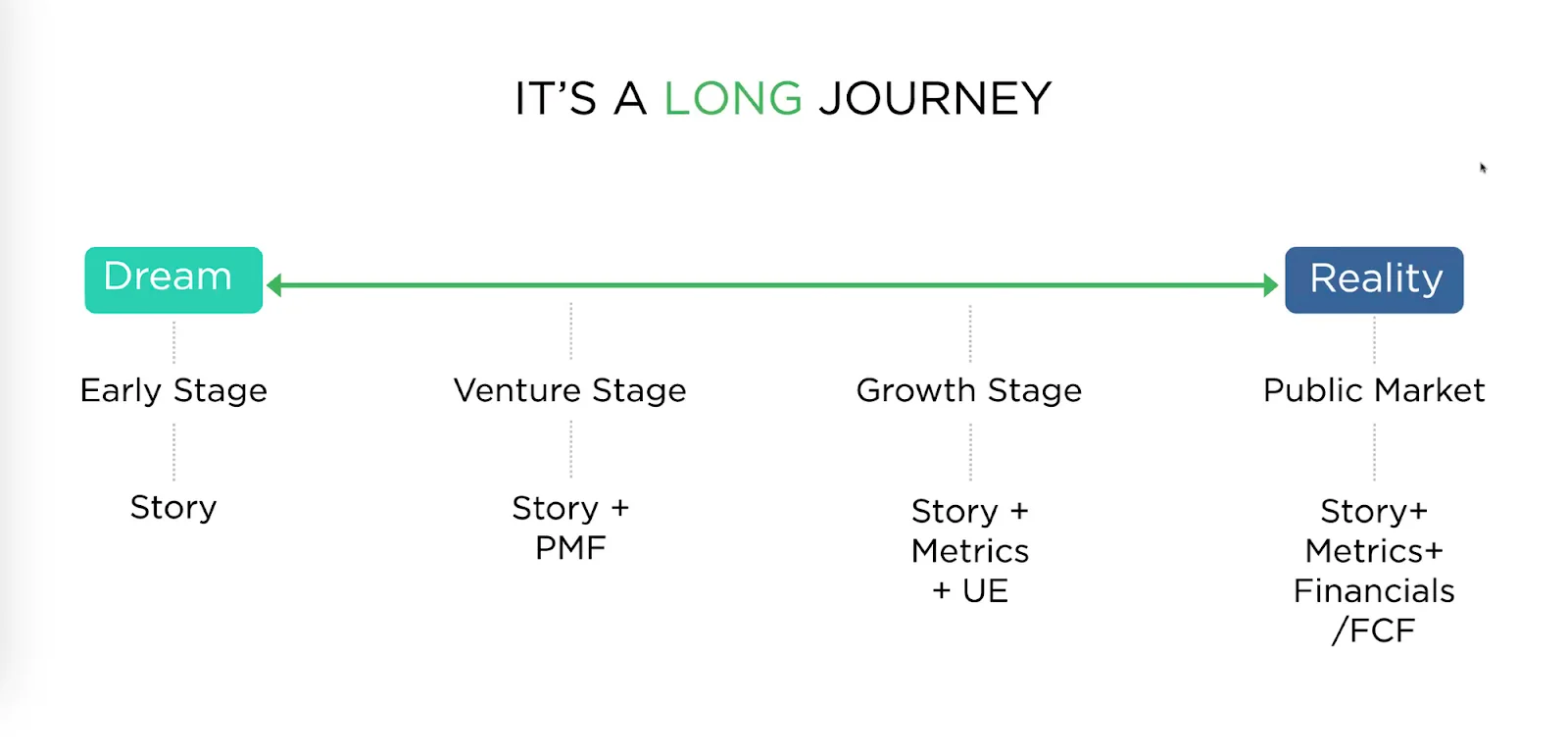
Building Long-Term Relationships
This session by Rajan is one of my favorite sessions, very tactical and helpful – something that is never taught in any education program – school or university. It starts with understanding with whom we should have a relationship – Customers, Family, Friends, Investors, Mentors, and Competitors (Really?)
This is how you can arrange all the key relationships in priority 👇
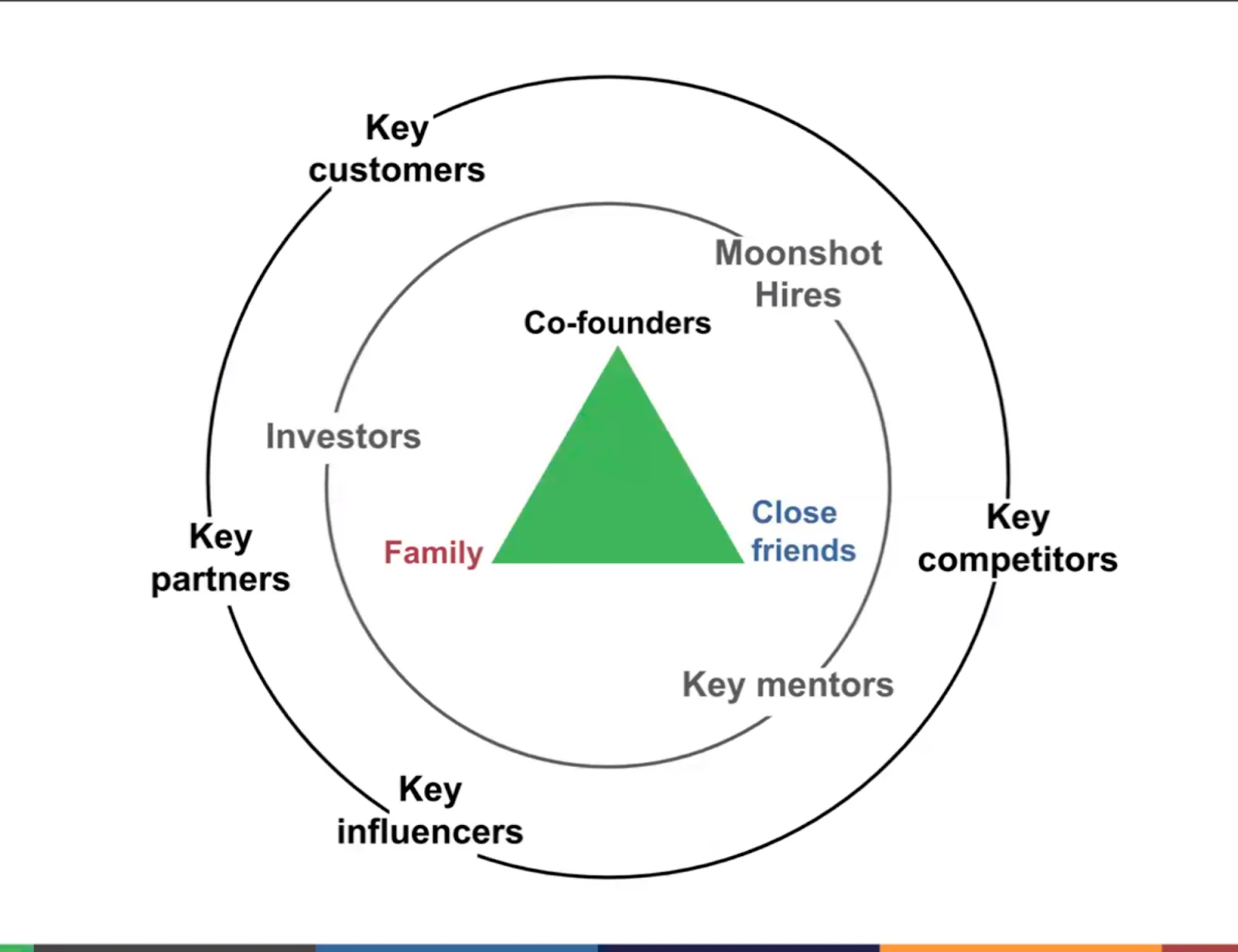
The biggest mistake that we do is being too transactional
- Not knowing the other person’s priorities
- Moving on when we don’t get what we want
- Keeping the relationship limited to getting a task done
In a relationship, the other side may not view you as a “must have” relationship so we need to go beyond the commercial relationship and provide the value before we ask for something.
Remember, Reputation is hard to build but easy to lose. As a founder, The most important thing is really what our customers, partners & employees think of the company. Reputation is a massive force multiplier, once you have a great reputation everything becomes easier.
Rajan also introduced us to the concept of “Frenemies” – It was very counterintuitive at first. Everyone is going to have competitors but you can have great relationships and sometimes collaborate as well.
The session also covered a few tips about building relationships. It starts with Identifying first and then getting your first meeting, making the first meeting count and the goal for the first meeting should be to get the second one and once you have N meetings, you have a good relationship.
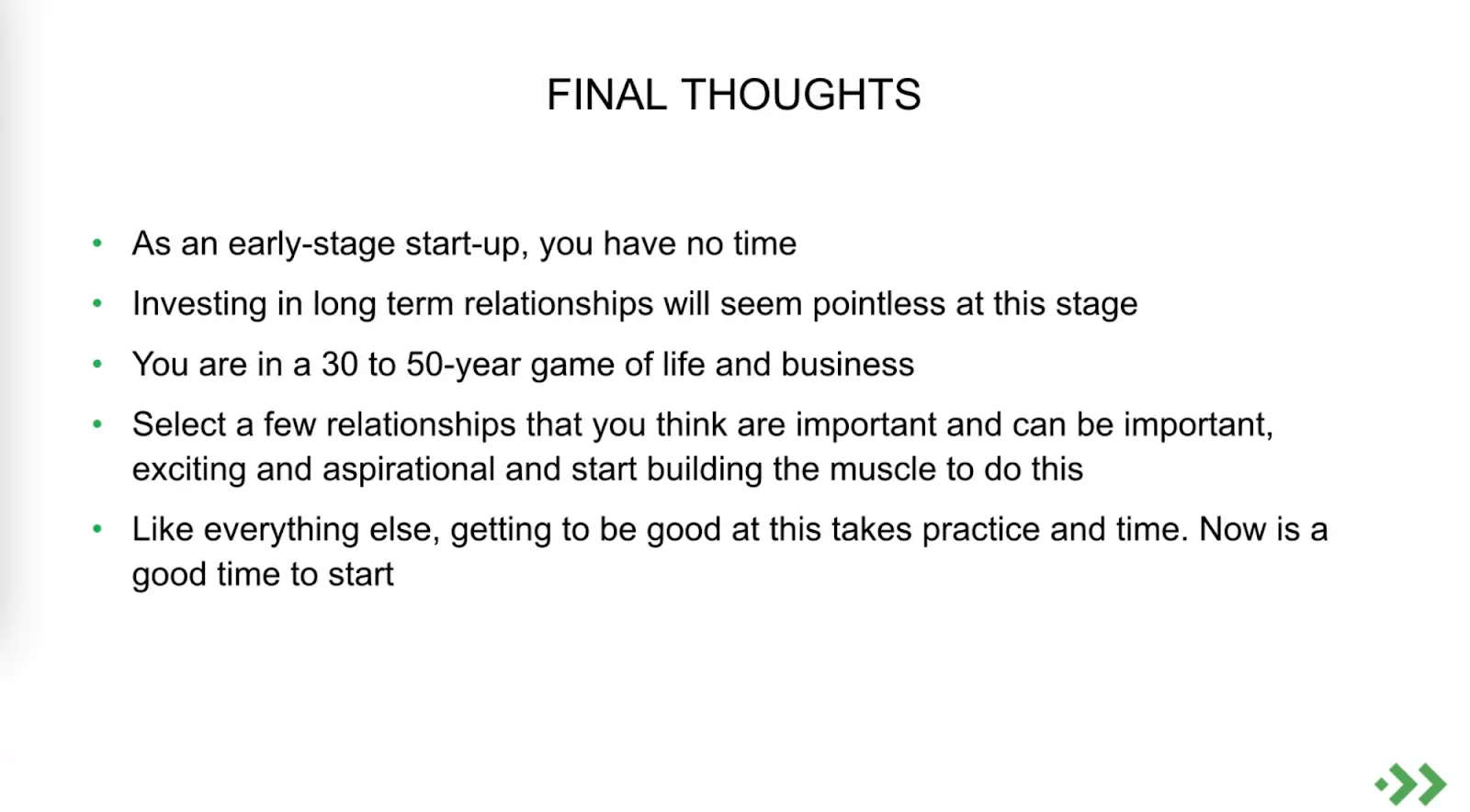
Don’t be a nightmare manager
This session by Rajan was open to team leaders of the company and essentially helps Founders & First-time managers in building the right team and empowering people in the company to do the right things.
I feel this is a very important session and is going to be one of the training sessions in our company whenever we hire someone at the managerial level.
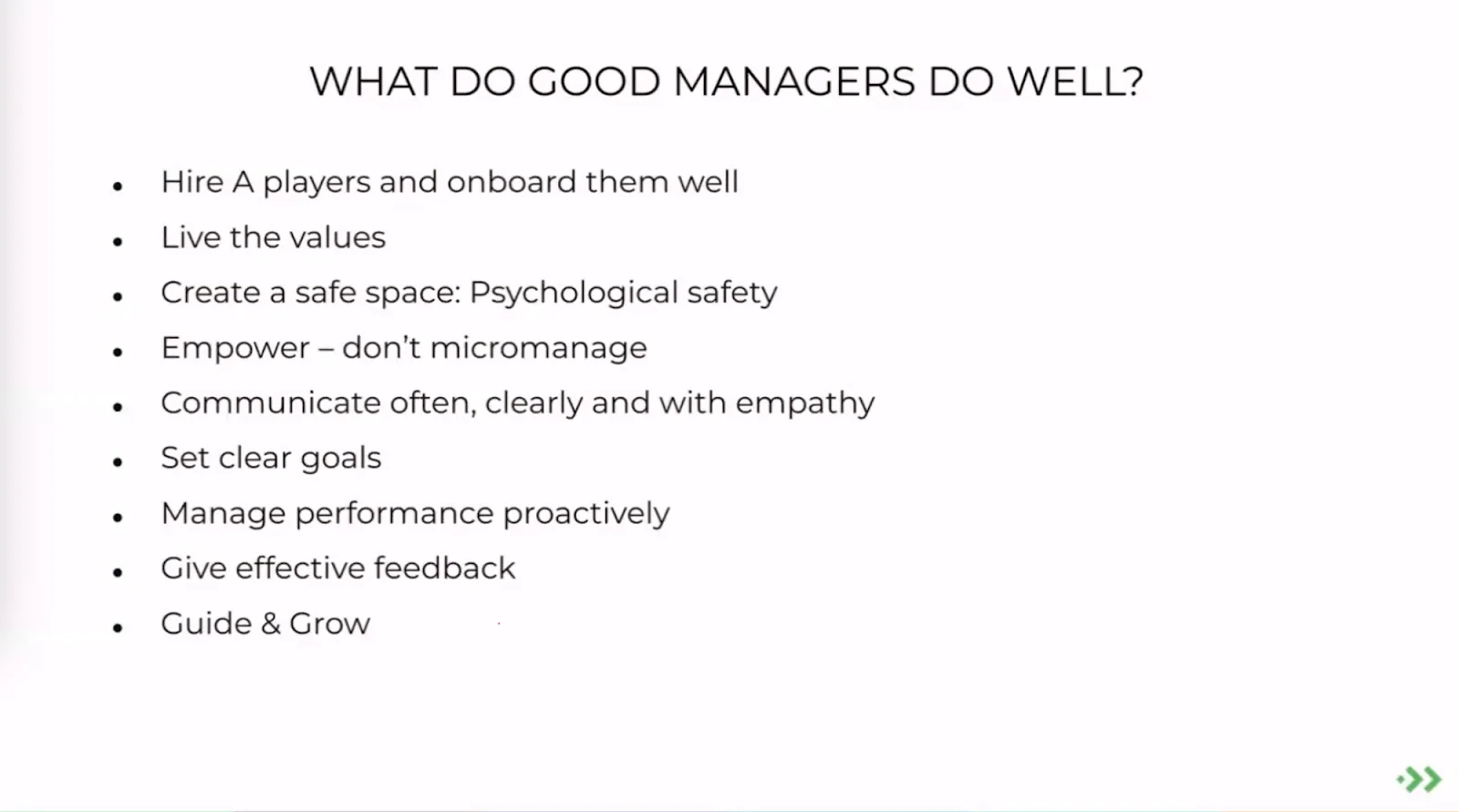
We also did a small exercise with other attendees in Identifying our trigger points and how can we handle ourselves better. The session also touched upon the importance of having good 1-1s and the common mistakes that managers do when giving performance feedback.
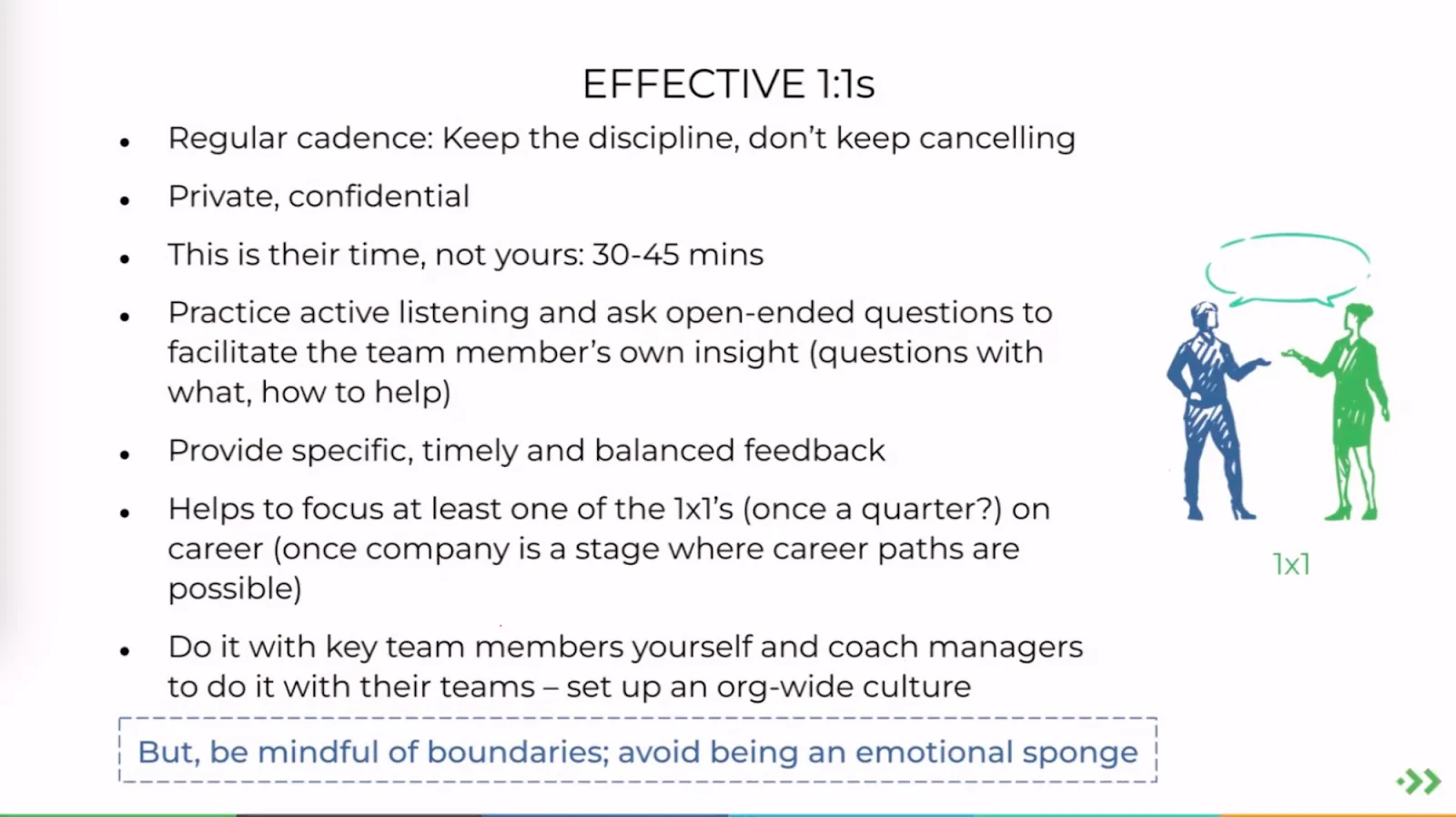
This session also touched upon providing constructive feedback, delivering it in the right way, a framework for difficult conversations, taking feedback as a manager, and having effective career discussions.
Moats & Business Models
This session by Shailendra is about understanding Moats & how various businesses are built around moats. By definition, a moat is an area filled with water used as a defense against an attack on a castle or town. A moat in business means a competitive advantage to protect its long-term profits and market share.

Shailendra also shared this interesting thought
Network Effect – I fell in love with the concept of the Network effect so I started reading the book – The Cold Start Problem which discusses the network effect in detail.
A couple of good examples of network effect
- Whatsapp (More friends, more engagement)
- Android (More Apps, More Users)
When it comes to business models, there are 3 types
- Clones – Same Problem, Same Solution
- Mutants – Same Problem, New Solution
- New Species – Category Creation
Smart businesses are constantly mutating. After a certain stage, the main job of the founder is how to expand to increase their TAM. There are going to be many crucible moments in the journey of company building. In order to mutate the business model, Identifying the crucible moment and acting upon it can lead to significant make-or-break results.
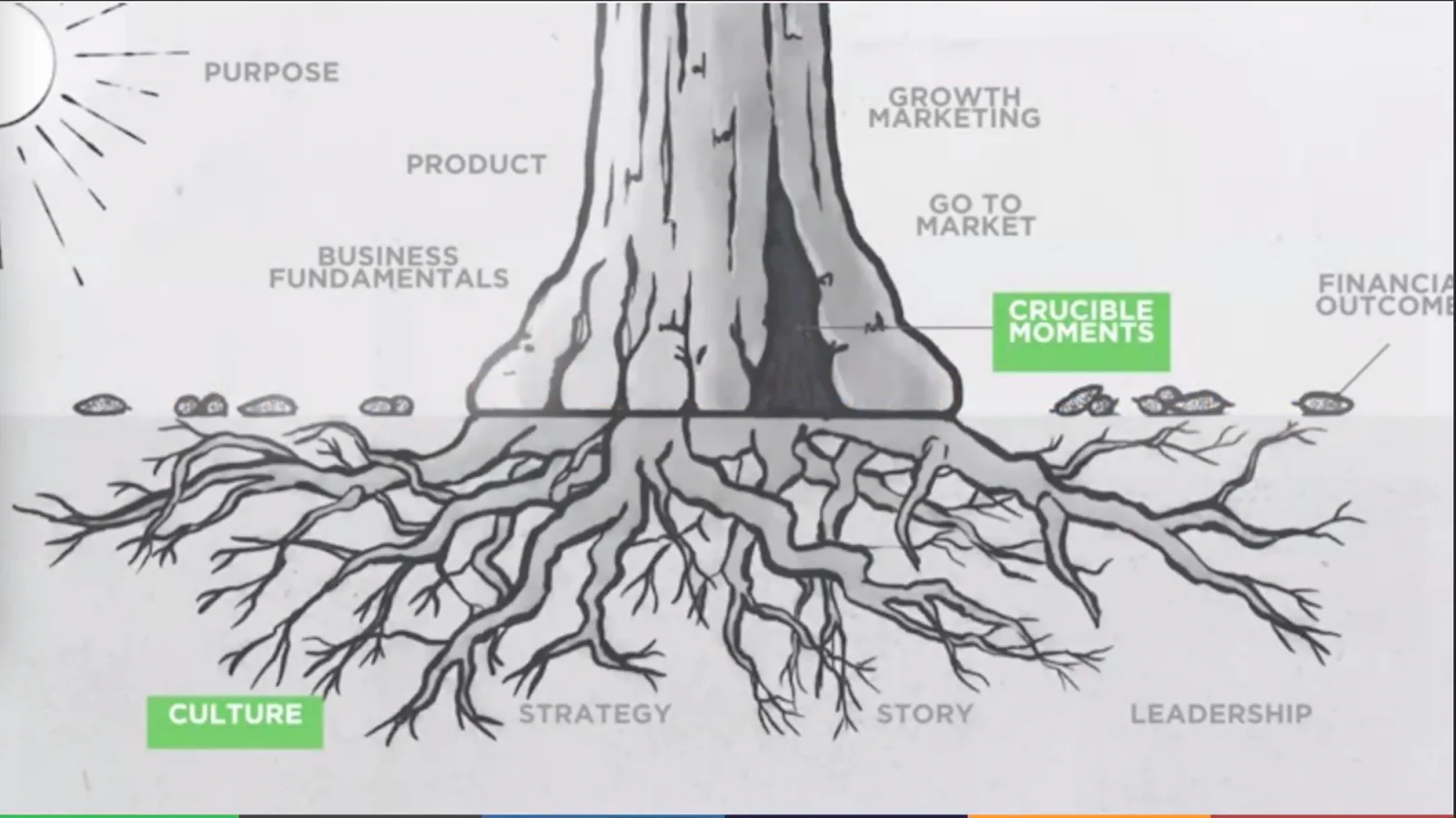
There are a few actionable
- Finding thinking time for yourself
- Every quarter, we should be thinking if there is something dramatic we can do
- Keep asking how is our PMF score (out of 10).
- Add Constraints e.g. What would we do with an extra/less engineer?
Hiring Studio 🏡
Hiring Studio is a well-defined 4w program run by Suraj & Saumya from the Surge team. In the 4 weeks, they cover everything you need to hire candidates and moon shots.
- 👉 It starts with defining & attracting talent. Suraj shows how the founders’ own brand (or Social Media reach) can help the visibility of the hiring posts and attract more talent. He shared an example of how a couple of past surge founders leveraged their social media posts, funding announcements & Investors to get more applications.
- 👉 Once you define the kind of talent you need & attract them, the next most important step is to pitch. Suraj & Saumya shared a kind of template that we can refer to while pitching our company to candidates and the founders also did a session where they pitched to each other and they got feedback on the pitch.
- 👉 After pitching, another session is done on other aspects of hiring like understanding candidates, their reasons for leaving, compensation discussion & some Interview tips.
- 👉 The last session in the hiring studio covers tips for closing & retaining candidates.
One thing that took me the most time to understand is as a founder, we are always the buyer (& not the other way around). As founders, we often sell our company to customers, Investors & also to candidates but in reality when we hire, we are the buyer and we should hire the best A talent i.e. We should not compromise.
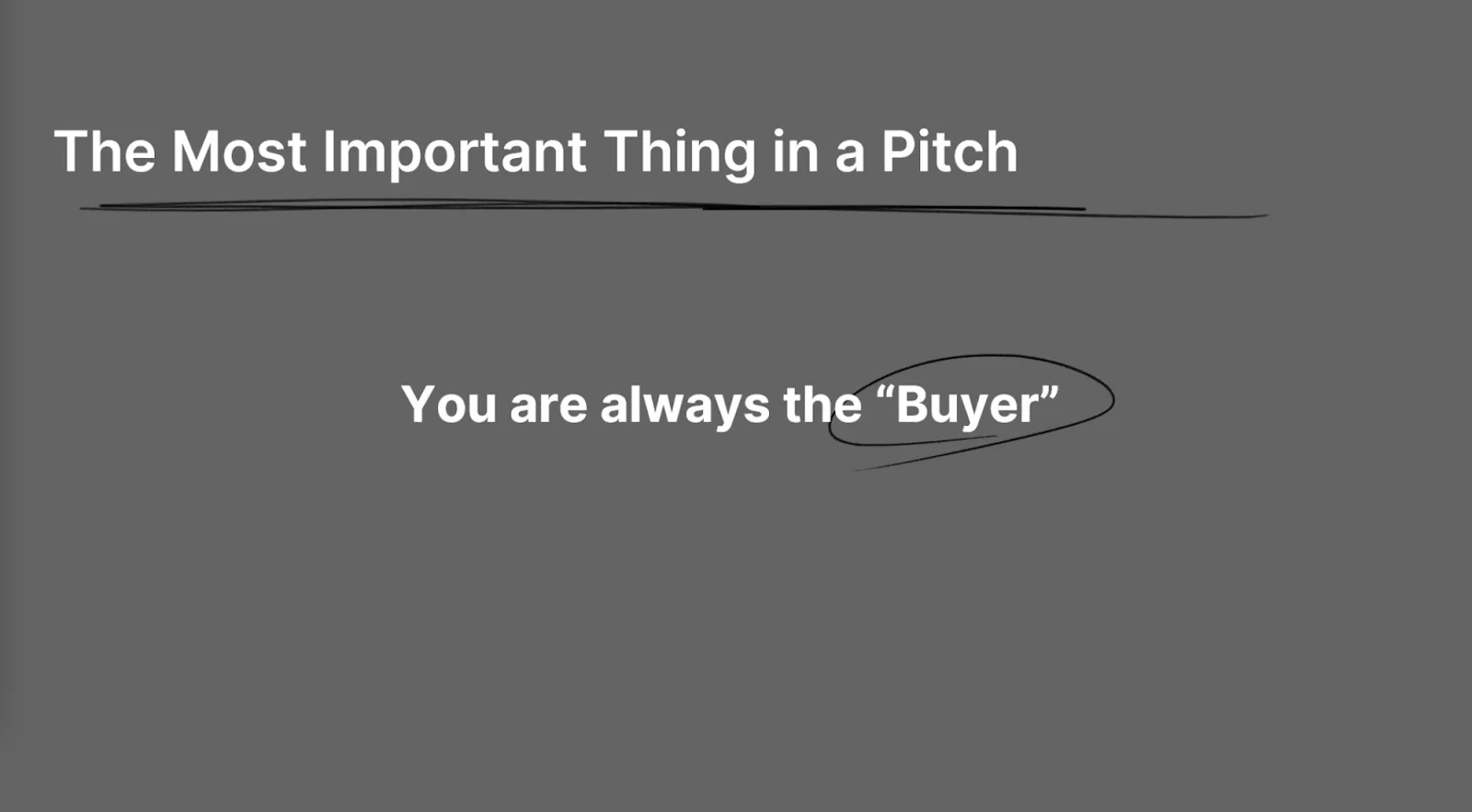
Founders Studio 🎤
Another interesting part of the Surge program is the Founders Studio where founders step up and share their learnings & key insights that have worked for them.
- 👉 Garri Juanda, Co-Founder, Tentang Anak shared how they have managed a score of 80+ on employee-NPS
- 👉 Charles Wong, Co-founder, Bifrost shared how they defined their values and built the culture
- 👉 Mesty Ariotedjo, Co-Founder and CEO, Tentang Anak shared how they run their social media campaigns and managed to get ~500K followers on Instagram.
- 👉 Vidur Kataria, Co-Founder of Masterchow shared their Social Media strategy for retention marketing
- 👉 We also shared how we did GTM in the early days and how we work with our users for feature prioritization and provide the best customer support.
It was quite unique to learn all these different things in such a short span of time.
The Wrap! 🏁
I couldn’t attend the wrap due to personal reasons but here’s some experience that I collected from fellow founders. The wrap was a 3-day program 10th-12th May in Singapore. It wasn’t as packed as the kick-off. It was a mix of sessions on how to effectively run your board meetings, networking with investors, and networking with fellow companies on a yacht.
All in all, If you get an opportunity to get into Surge, I’d highly recommend going through the Surge if you have some signs of PMF. The surge program can help you run your company better and provide you with tons of resources, knowledge, capital and most importantly a very friendly founders community.
If you’re super early in your company building, drop everything and focus on finding PMF, talking to users & building the product. Rest everything is secondary.
Feel free to reach out to me on LinkedIn should you have any questions.
Why I wrote this blog post?
- 👉 I spent ~12-15h writing this and I just felt like doing it for myself So I can revisit this in the future. I wanted to do it for YC as well but couldn’t.
- 👉 These are lifelong learning experiences. Not everyone gets an opportunity to get into YC/Surge So I believe this should help a lot of other founders.
- 👉 I am not sure if this was worth doing or not, but the Twitter thread that I created for this post got viral and has ~50K Impressions so might be worth it.
About Requestly 💥
At Requestly, We’re on a mission to help companies ship quality products faster. We provide browser extension & desktop app that empowers frontend developers to develop, test & debug 10x faster. Requestly has more than 200K+ downloads and is used across 8000+ companies. Learn More
Contents
- What has changed for us?
- Surge Kick-Off (Delhi) 🚀
- The Founders DNA
- 7-Stages of Company Building
- Mission, Vision & Culture 🎯
- Sessions w/ Industry Experts
- Building User-Centric Products
- Finding PMF (& Case Studies)
- Telling Your Story
- Building Economic Engine
- Building Long-Term Relationships
- Don’t be a nightmare manager
- Moats & Business Models
- Hiring Studio 🏡
- Founders Studio 🎤
- The Wrap! 🏁
- Why I wrote this blog post?
- About Requestly 💥
Subscribe for latest updates
Share this article
Related posts


















